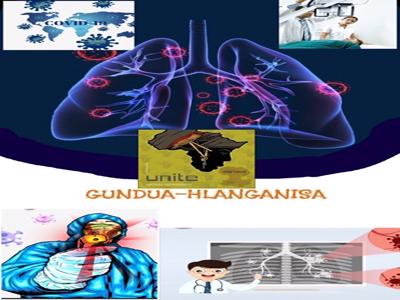"Co": "corona","vi": "virus" "D": " disease"
Coronavirus disease (COVID-19) is an infectious disease caused by a newly discovered coronavirus.
Most people infected with the COVID-19 virus will experience mild to moderate respiratory illnesses and recover without requiring special treatment. Older people, and those with underlying medical problems like cardiovascular disease, diabetes, chronic respiratory disease, and cancer are more likely to develop serious illnesses.
The best way to prevent and slow down transmission is be well informed about the COVID-19 virus, the disease it causes and how it spreads. You could protect yourself and others from infection by washing your hands or using an alcohol based rub frequently and not touching your face.
The COVID-19 virus spreads primarily through droplets of saliva or discharge from the nose when an infected person coughs or sneezes, so it’s important that you also practice respiratory etiquette (for example, by coughing into a flexed elbow).
The covid19 pandemic has affected health, economic and social life of humans worldwide.
During this pandemic, the effective screening of COVID-19 is an arduous task in practice. Standard screening tests include Reverse Transcription-Polymerase Chain Reaction (RT-PCR). PCR is often time consuming, highly sensitive and requires specialized personnel to operate. Besides PCR require expensive equipment like thermal cyclers. Test-kits, on the other hand, are based on antibodies and allow quick tests. However, the test-kits are not widely available and their liability is quite low.
It was found that chest radiography (CXR) could be more reliable, fast and relatively inexpensive compared to RT-PCR in early stages of diagnosis. Notably where RT-PCR can turn out negative, x-ray image analysis can already predict true positives in certain cases. False negatives to RT-PCR can lead to non-negligible propagation of the disease.

Approved by mentor
Medical tags
- Clinical need
- Point-of-care diagnosis
- Area
- Diagnostic radiology
- Technology
- Software
- Project keywords
- COVID-19, X-ray, Image Processing, Detection,Pneumonia, Neural Networks,Artificial Intelligence, Machine Learning
- Device classification
- III